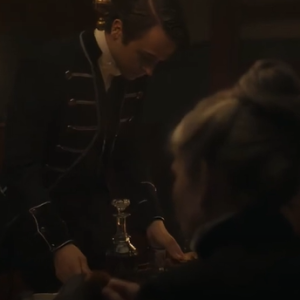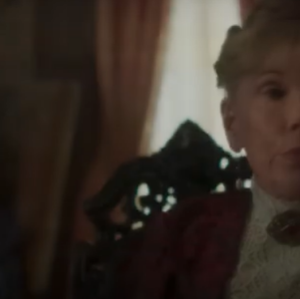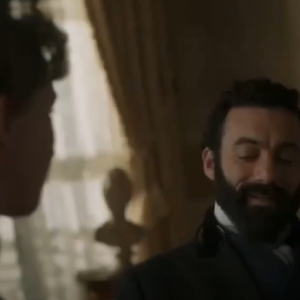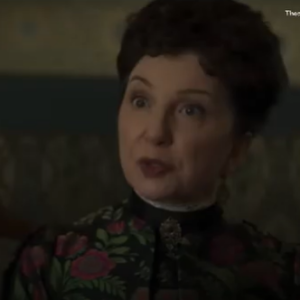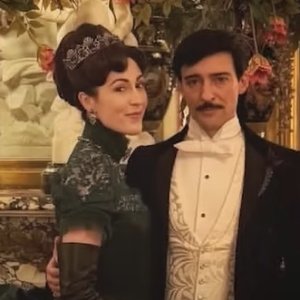In the shimmering opulence of late 19th-century New York, the Black elite strides through gilded halls and ballroom light in a drama that refuses to let its audience forget the quiet revolutions unfolding beneath the chandeliers. The Gilded Age Season 3 plunges us into a world where power, color, and culture collide with the gleam of silk and the sting of prejudice. It is a drama that asks not merely what wealth buys in extravagant gowns and marble staircases, but what it costs to possess dignity when the social order is etched in white-on-white decree. The narrative follows a cohort of Black figures—doctors, patrons, inventors, interlopers, and lovers—who insist on a space where their intellect and humanity can illuminate an American past long kept in shadow. This season is not content to treat Black life as a footnote to aristocratic spectacle; instead, it carves out a center stage where Black professional achievement and social grace intersect with a society aware of its own contradictions.
The arc around the Black physician, Dr. Kirkland, is particularly piercing in its ethical gravity. The series asks a hard question: what happens when expertise collides with a climate of racial danger? White patients may be in need of care, but for a Black doctor, delivering treatment carries a perilous risk—not just to personal livelihood but to life itself. The show refuses to sanitize this fear; it lives in the tremor of a hand that might shake, the pause before a decision that could alter a life or end it. In spotlighted moments, Kirkland’s insistence on medical duty—“Beyond color, beyond anything, he sees himself as a doctor”—transcends melodrama to become a manifesto about professional integrity under siege. The drama becomes a courtroom of conscience: will the Hippocratic oath withstand the strain of racial politics, and can medical prowess be a form of resistance when the social order demands subservience?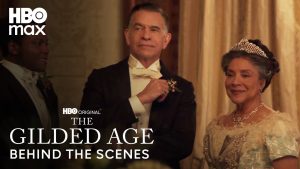
Beyond the crucible of medicine, Season 3 expands the gilded world to reveal the intimate, high-stakes negotiations of love, leisure, and belonging. A date to a baseball game with Peggy, a ballroom that glitters with the same orchestral heartbeat as the Russell Ball, or a quiet night of companionship—these scenes illuminate a Black bourgeoisie that negotiates joy as a strategic act of reclamation. The show’s portrayal of social life—the ball as a crucible of performance and identity, the careful choreography of who sits where, who dances with whom, and who is seen at all—unfurls as a counter-narrative to the era’s usual depictions. It is here that the series earns its epigraph: a life of pleasure and culture is not a mere escape from oppression; it is a political act, a defiant stance against erasure. The Black ball, the gowns, the music, the laughter—these are not frivolities but evidence that Black excellence could illuminate the 1880s with clarity and beauty.
The show’s insistence on Black joy as a survivable, ongoing practice feels both urgent and transformative. Dorothy’s fierce sisterhood with Peggy—an alliance built on protecting, uplifting, and insisting that Peggy “purge any shame”—is a quiet, enduring revolution. Shame is depicted not as a personal failing but as a weapon wielded by a society eager to define Blackness by fear. Dorothy’s resolve to shield Peggy from internalized diminution reframes what spectators have come to expect from historical drama: the space for Black women to author their own narratives of worth. This insistence on collective resilience—“You are worthy”—resonates beyond the period piece, addressing contemporary conversations about representation, autonomy, and the politics of beauty. It is a reminder that glamour, in this context, is not a mere aesthetic choice but an ethical stance against the erasure of Black voices from the historical record.
The show’s visual storytelling further reinforces its thematic ambitions. The ballrooms’ architecture, the fabrics that catch the light with almost preternatural ease, and the manner in which Black bodies move within spaces designed to exclude them all collaborate to present a history that is as much about sight as it is about memory. The designers, choreographers, and performers conjure a 19th-century Black elite who inhabit the same spaces as their white peers without surrendering their humanity or agency. It is a reconstruction that invites viewers to see history through a different prism: not the chronicle of oppression alone, but a record of aspiration, culture, and perseverance that persists even when the world around it trembles under the weight of entrenched prejudice. The spectacle becomes a platform for recognition, a public acknowledgment that Black life in America has always included grandeur, intellect, and a cadence of joy that refuses to be throttled by history’s heavier hands. 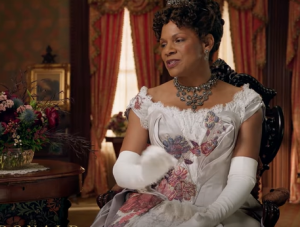
At its core, Season 3 of The Gilded Age is a drama about visibility and consequence. It asks: when a Black professional stands at the crossroads of medicine, romance, and social ritual, what becomes of fear, fidelity, and ambition? The series answers with a complex chorus of voices that refuse to be silenced. It portrays a history not as a static record of indignities but as a dynamic field where Black figures shape, and are shaped by, the currents of a nation negotiating progress and prejudice in equal measure. The result is a drama that is as ethically ambitious as it is emotionally satisfying—a narrative that invites viewers to witness, critique, and ultimately celebrate the resilient humanity of Black elites who navigated a world built to keep them at the margins. In doing so, The Gilded Age Season 3 becomes not just a historical portrait but a resonant argument for inclusive storytelling in a mainstream, prestige television landscape. It reminds us that the past deserves to be inhabited—fully, richly, and by those who fought to claim their rightful place in the hall of American memory.
